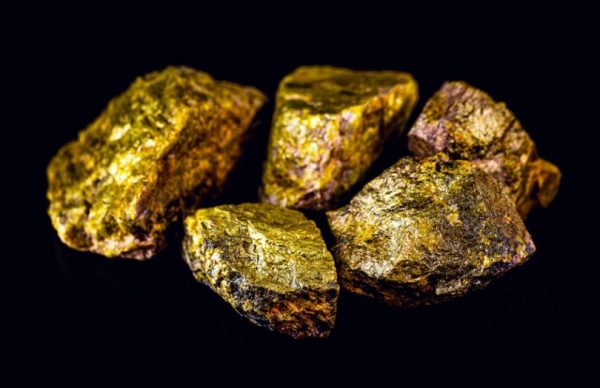Uranium prices have risen significantly since 2011

With the world moving towards a clean energy future there is a positive development for uranium recorded a bull market with a 20 per cent rise in price, significantly outperforming other metal markets so far in 2023.
Rudairo Mapuranga
The nuclear energy mineral recorded US$60 per pound last week for the first time since 2011. There is a chance for Zimbabwe to benefit from the rise in prices as an opportunity to tap into the mineable resource the country has.
It is a fact that the push towards clean energy is overdue or overdone. According to the World Nuclear Association, in 2019, there were 479 plants either being proposed, planned, or under construction. Just as the growing electric vehicle (EV) market will require lithium, making a nuclear future a reality will require uranium and lots of it. Russia’s invasion of Ukraine in 2022 set off a spike in uranium prices and the forecast is for those prices to only move higher in the next several years. According to Statista, global demand for uranium is expected to reach 209 million pounds by 2035. To achieve that goal, new uranium assets will have to be discovered. Zimbabwe with its uranium deposits will therefore have a chance to tap into the nuclear future.
According to renowned geologist and gemstone expert Mr Jean Rheiner, there is a potential for Zimbabwe to start extracting uranium resources provided government policies are favourable. He said his company discovered a good deposit of uranium which needs an investment of US$100 million to be operational.
The World Nuclear Association’s biennial report provides long and medium-term projections and insights into the more obscure corners of the global supply chain of Uranium.
The report has little to worry about uranium bulls, the ranks of which have grown large in the past couple of years, as the role nuclear could play in the green energy transition becomes obvious even to long-term critics of the renewable source.
The role small modular reactors can play in stoking demand has kept uranium watchers excited for decades, but now the promised spike in demand from these technologies is finally set to have a meaningful impact. Russia is a leader in the field with two floating SMR reactors entering commercial operation in 2020 and China is expected to turn the switch on a land-based reactor in 2025.
A significant portion of the WNA’s upward growth adjustments can be attributed to the accelerated adoption of SMRs and the body believes installed capacity will reach 31 GW by 2040.
BMO sees SMR boosting mining company’s plans around the decarbonisation of operations many of which are located in remote areas far from power grids. Many mines have replaced diesel generators with renewable sources like solar power, but for that, you need ample space and the right climate.
“For others, particularly in colder climates such as Canada, we do see potential for micro-scale nuclear power solutions.


